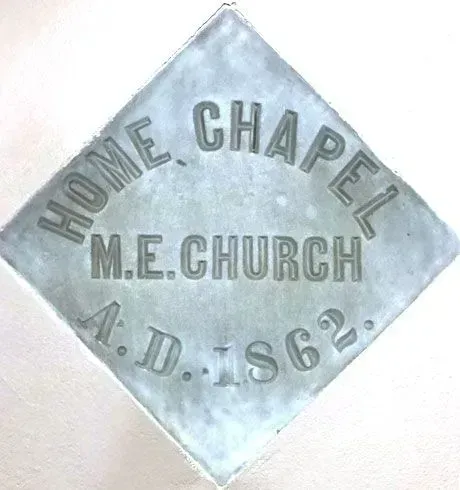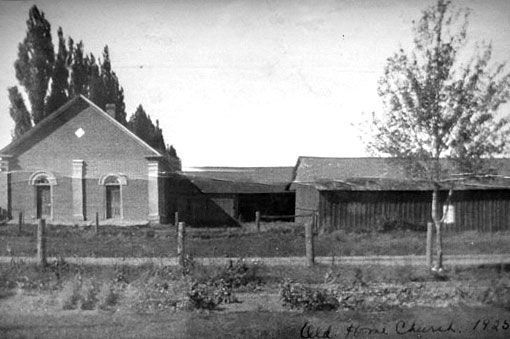Home United Church, located in Caledon, Ontario, has deep roots stretching back nearly two centuries. Here's a timeline of its history:
• 1829 – The Origins
- Known as the "Home District," the nascent settlement saw the birth of a school and meeting house on land donated by William Clarridge on the 3rd Line West, intended for community gatherings and worship
• 1830s–1850s – Log Church Era
- After some years, a small log church was built near the current site, marking the transition from informal worship to a dedicated structure .
• 1862 – Brick Church Established
- A brick Methodist Episcopal Church was erected on land rented for 999 years at a nominal barley‐corn rent. Local clay produced the main bricks, complemented by cornerstones imported from Little York (Toronto). The cornerstone bears the "M.E." initials
- The church was opened under Rev. Owen Grafton Colimer in December of that year
• 1884 – Methodist Union
- Several Methodist denominations merged across Canada, altering church governance and integrating Home into a broader Methodist framework
• 1925–1926 – Becoming Home United Church
- On June 10, 1925, Home Methodist joined the founding union that created The United Church of Canada
- The congregation officially became Home United Church in June 1925 and formally closed the old building in August 1926 in preparation for a new sanctuary .
• 1926–1927 – New Building Construction
- Land for the new building was donated by Thomas O. Dolson, and the cornerstone was laid in October 1926
- The new church opened on May 15, 1927, with dedication services led by Rev. I. G. Bowles, Rev. C. A. Simpson, and others
• 1930 – Debt Free and Flourishing
- On May 19, 1930, the church celebrated paying off its mortgage and symbolically burning the documents, marking it as debt‐free
• 1940s–Present – Growth and Service
- The congregation has remained a vibrant and inclusive hub for Caledon’s farming roots and suburban expansion.
- A new pipe organ was donated by the W. J. Taylor family, originally sourced from Arthur United Church
- Today, under Rev. Grant Williams (since January 2024), the church continues its mission: to be a warm, Spirit-empowered community growing in Jesus, rooted in love, faith, and compassion
Home United Church began as a community schoolhouse, evolved into a log chapel, and then a brick Methodist church in 1862. It transitioned to the United Church in 1925 and built its current sanctuary in 1927. Debt-free by 1930, the church has since remained a pillar of faith and fellowship in Caledon’s Home District. Its mission today reflects a century and a half of commitment to spiritual growth, community, and inclusivity.
.


